What is an innerspring mattress? Your expert guide
For responsive support and enhanced airflow, try an innerspring mattress − I've laid out all the pros and cons to make your choice easier

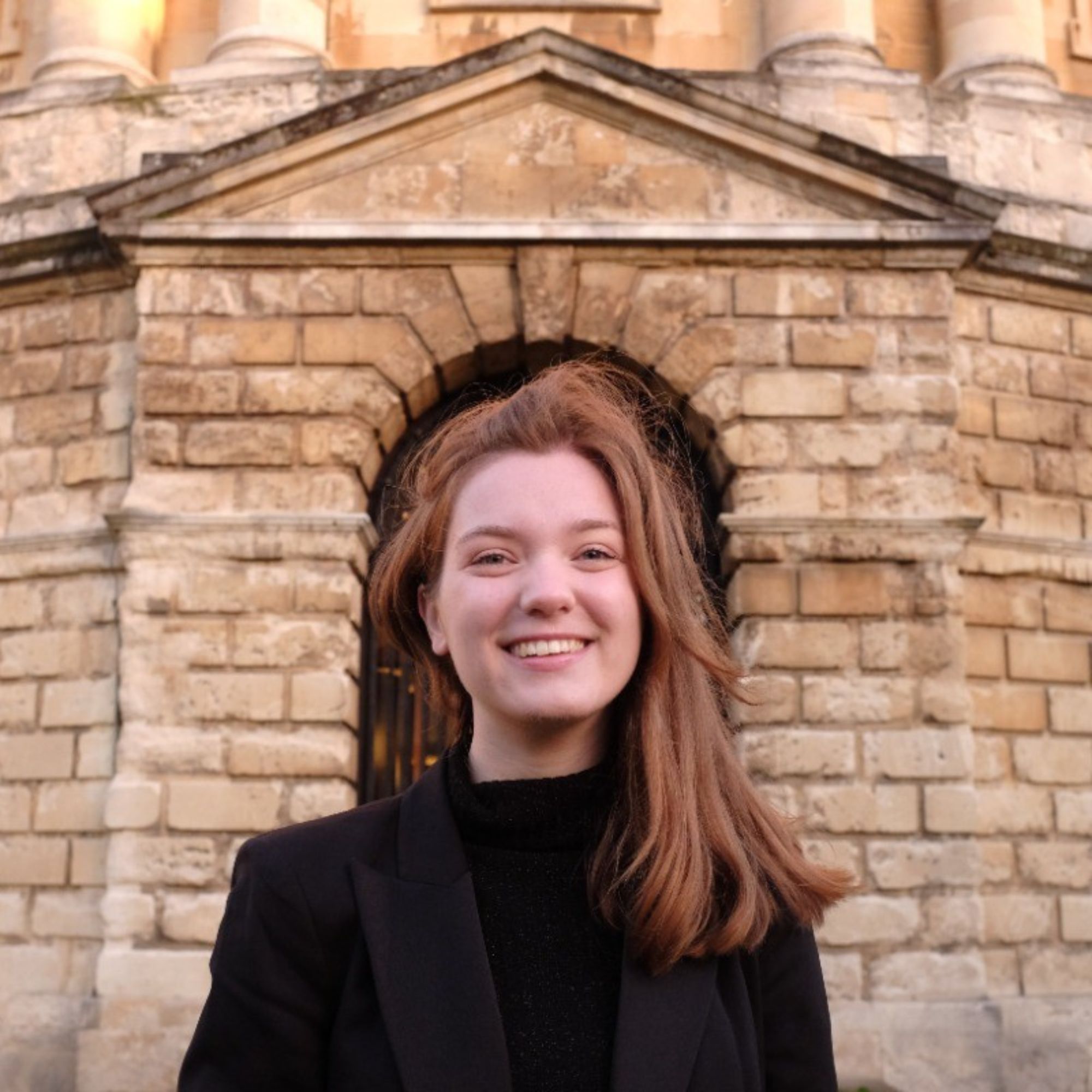
You'll find an innerspring mattress in the vast majority of American homes: in part because they're the traditional choice, but mostly because they're so much more affordable than a plush memory foam model or a high-tech hybrid.
Out of all the mattress types, an innerspring mattress is ideal for hot sleepers, buyers on a budget, and anybody in search of firm support. With that said, even the best innerspring mattress isn't perfect and many are past their prime, with stiff steel coils that dig into your side and squeak while you try to sleep.
As H&G's specialist sleep writer, I lead the search to find and crown the world's best mattress. Spoiler alert: it's an innerspring, so there must be more to this classic bed than meets the eye. I asked mattress testers and medical professionals to help me outline all the pros and cons of an innerspring mattress so that you can work out whether it's the right fit for you.
What is an innerspring mattress?
Here at H&G, we assess all our beds against the same criteria: comfort; support; breathability; motion isolation; edge support; and weight bearing capacity. I would expect an innerspring mattress to score highly for support and breathability, only to fall down on comfort and motion isolation. To understand why, it always helps to define our terms.
What is an innerspring mattress?

An innerspring mattress is lined with metal coils, typically made from steel for its strength and durability. These coils might be connected, or they could be individually encased in fabric. That's what's known as a pocket-sprung mattress, which makes for a more solid, supportive base.
Your average innerspring mattress will also incorporate wool or cotton batting to make a much-needed comfort layer and allow for natural thermoregulation.
When you're shopping for an innerspring mattress, whether online or in-store, you'll hear a lot about 'coil count', which is the number of coils inside a mattress. I try not to set too much store by coil count, since more coils don't necessarily make a better mattress. All you need in a Queen-sized bed is around 400 coils to bear your weight. I pay more attention to the arrangement of the coils. Concentrating coils into particular areas of the mattress creates ergonomic zones for targeted support.
You'll also read about 'gauge', which indicates the thickness of the wire used for the coils. Gauge is rated numerically: the lower the number, the thicker the wire, and the firmer the bed will feel. I'd recommend a firmer mattress, with a gauge number of 12 or 13 for back and stomach sleepers, while a softer mattress, around 14 or 15, might feel more comfortable for side sleepers.
What are the pros of an innerspring mattress?
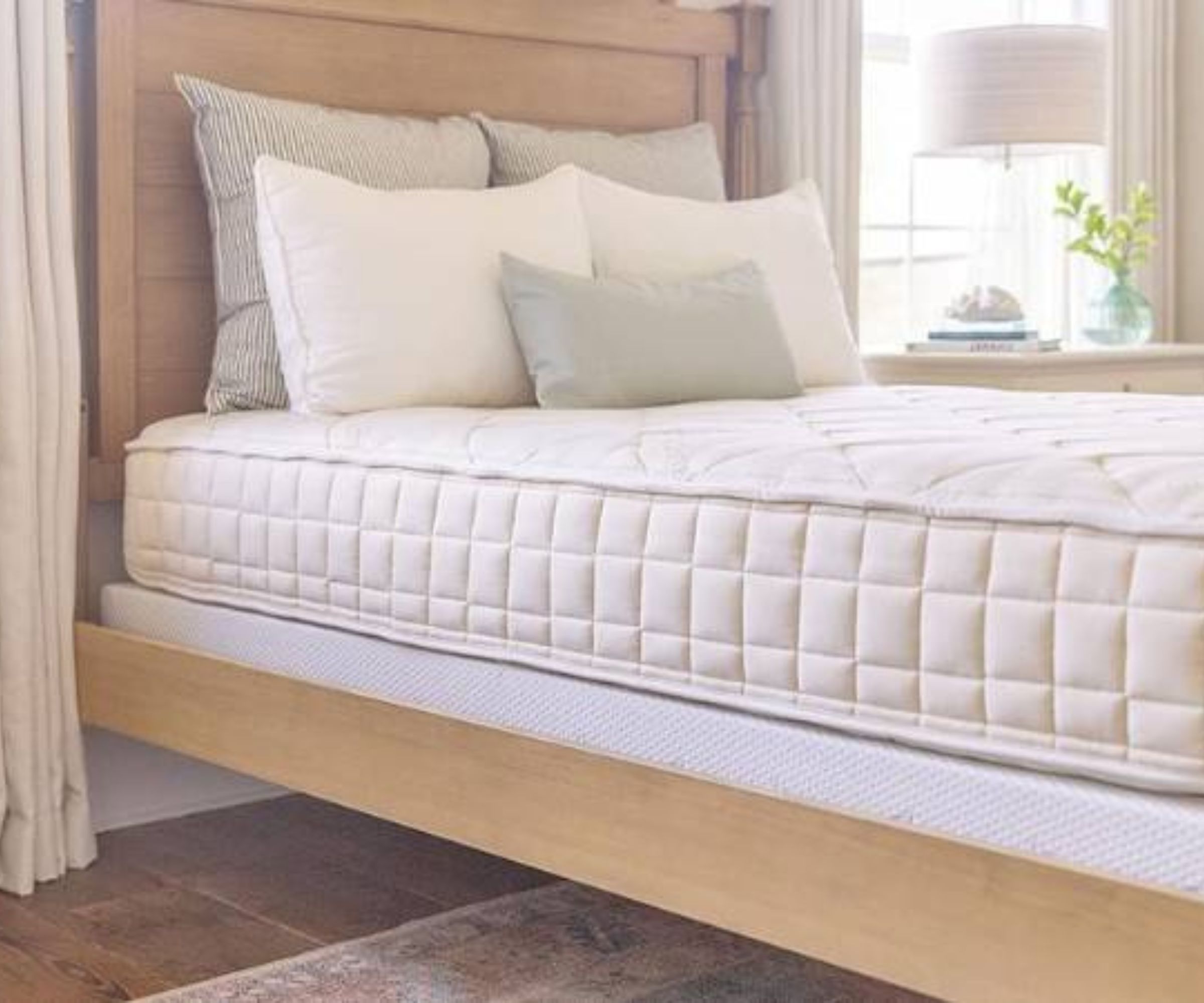
One of the best things about an innerspring mattress is how affordable it is. Where a hybrid mattress could set you back a few thousand dollars, an innerspring mattress offers similar support and excellent airflow for a fraction of the price. I'd happily recommend an innerspring mattress for a hot sleeper: air flows through the bed every time the coils compress and depress beneath your body weight.
You should get seven or eight years of good use out of an innerspring mattress, which is a lot longer than you'd get from a memory foam mattress. In that time, you'll appreciate even weight distribution to prevent squeaking and sagging, as well as excellent edge support. This sort of firmer surface is ideal for back and stomach sleepers, stopping them from sinking into the mattress and helping to keep their hips and spine aligned.
I asked Derek Hales, who writes and runs the sleep testing platform, NapLab, what he likes best about innerspring mattresses. He talks about the 'traditional mattress feel' you get from an old-fashioned innerspring. 'Many sleepers, especially older persons, enjoy this feeling as it's the same basic type of mattress they have spent most of their lives sleeping on'.
Beyond the nostalgia factor, Derek says that 'innerspring mattresses tend to have higher rates of motion transfer than other mattress types,' which is good if you like a little bounce in your bed. 'This is because innerspring mattresses typically use less foam, which is more likely to absorb heat and also more capable of reducing motion'. You also don't have to live with the unpleasant odor of mattress off-gassing that you get from a memory foam mattress.
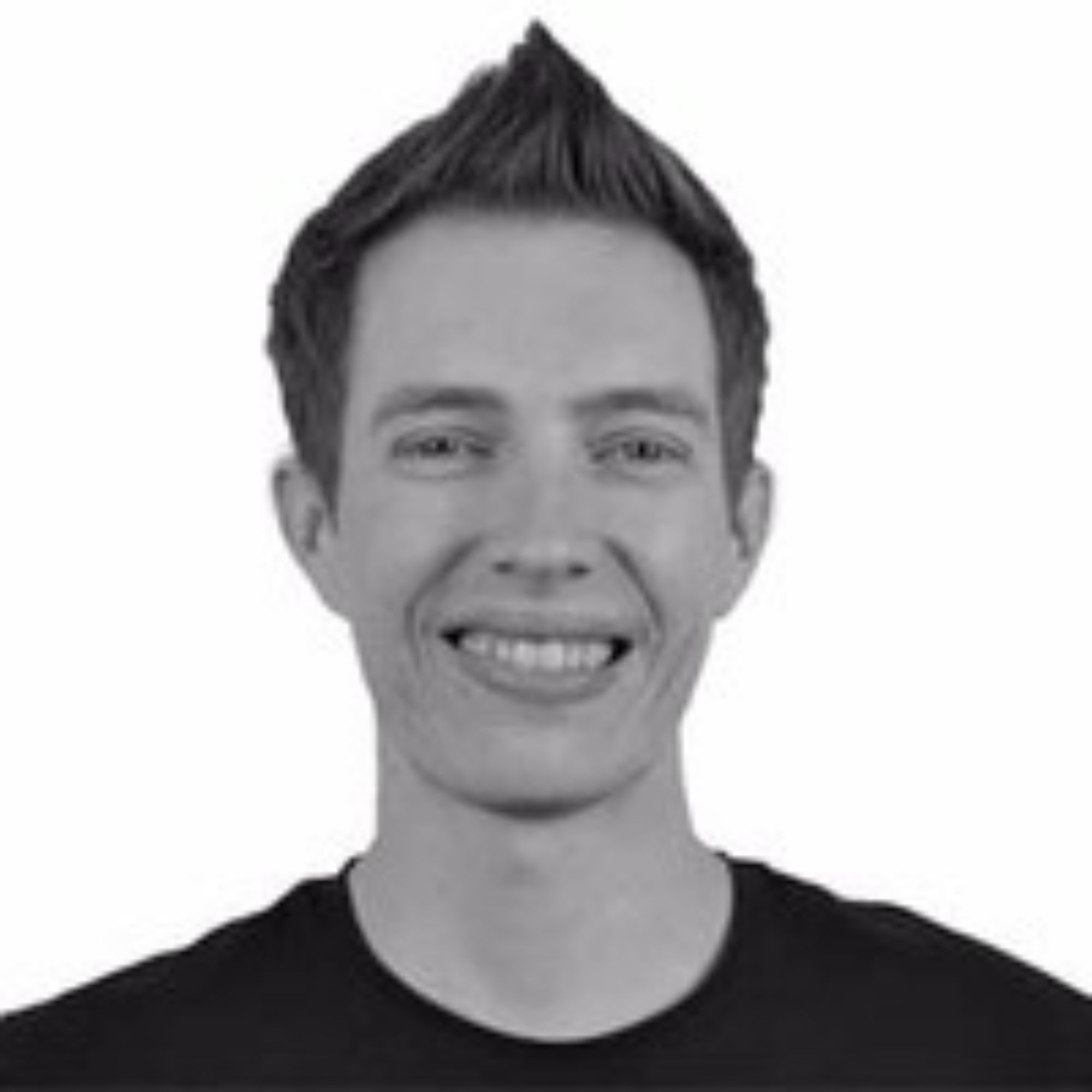
Derek writes and runs his own sleep testing platform, NapLab. Over the course of a decade as a mattress tester, Derek has slept on more than 300 beds, including a fair few innerspring models.
These are a few of my favorite innerspring beds, each of which is tried and tested by an H&G sleep expert. A quality innerspring should support all sleep positions and offer enhanced airflow for hot sleepers.
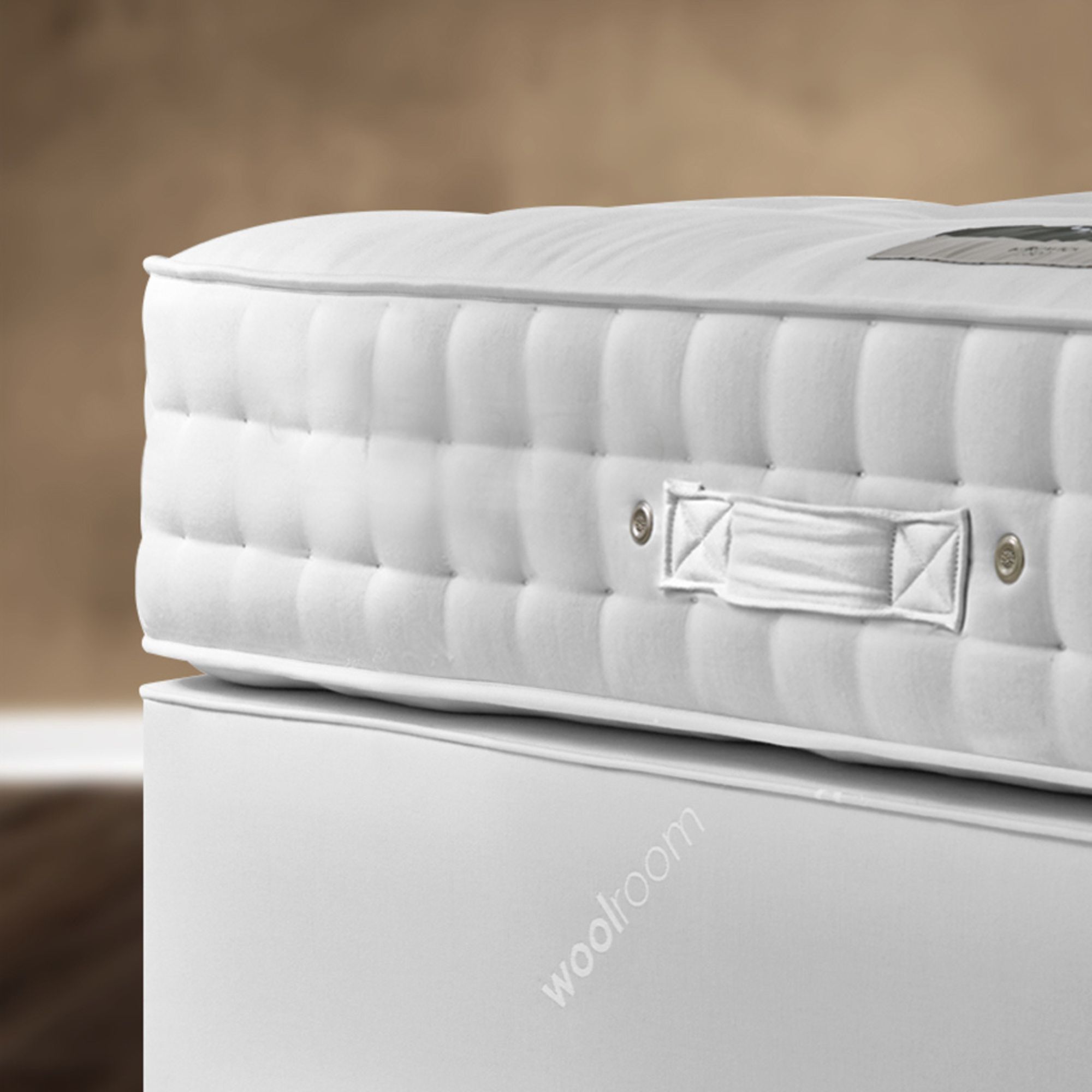
This isn't your grandmother's innerspring. The Woolroom Hebridean 3000 is wrapped in cooling cotton, threaded with silk and cashmere, and filled with traceable British wool for temperature control. It's an especially good option for hot sleepers: wool makes an excellent moisture-wicker.
You can find more detail in our Woolroom Hebridean 3000 Mattress review.

I'd say that this is the best organic mattress for sleepers who prefer a firmer surface. The Naturepedic Chorus Mattress is topped with organic wool and cotton for natural thermoregulation and lined with supportive spring coils, individually pocketed to minimize motion transfer.
You can find more detail in our Naturepedic Chorus Mattress review.
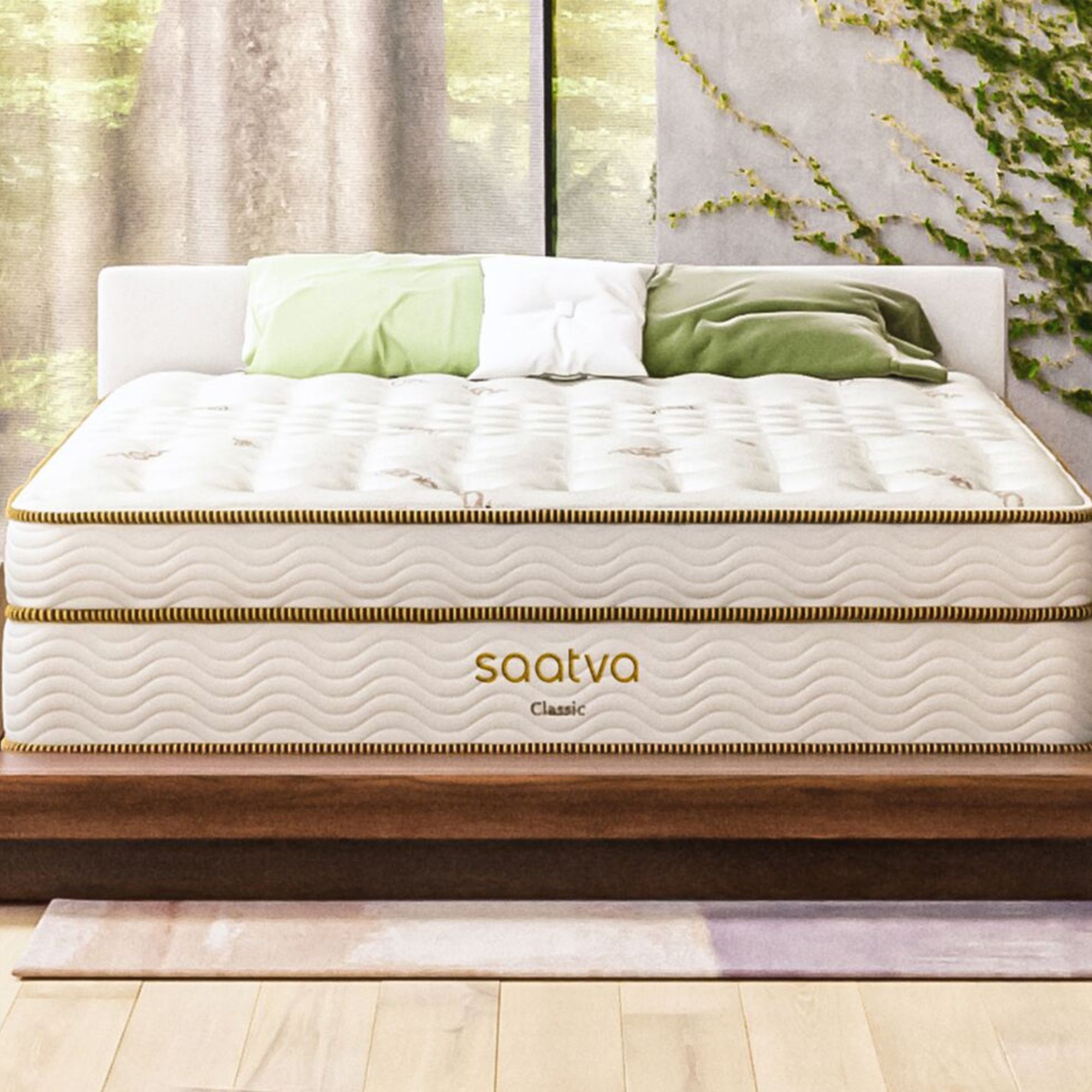
Saatva lists this bed as a luxury innerspring, though, if you ask me, it's more of a hybrid model. Semantics aside, the Saatva Classic Mattress is the best we've ever tested and our reigning champion for best mattress, four years in a row. The balance of comfort and support is second to none.
You can find more detail in our Saatva Classic Mattress review.
What are the cons of an innerspring mattress?
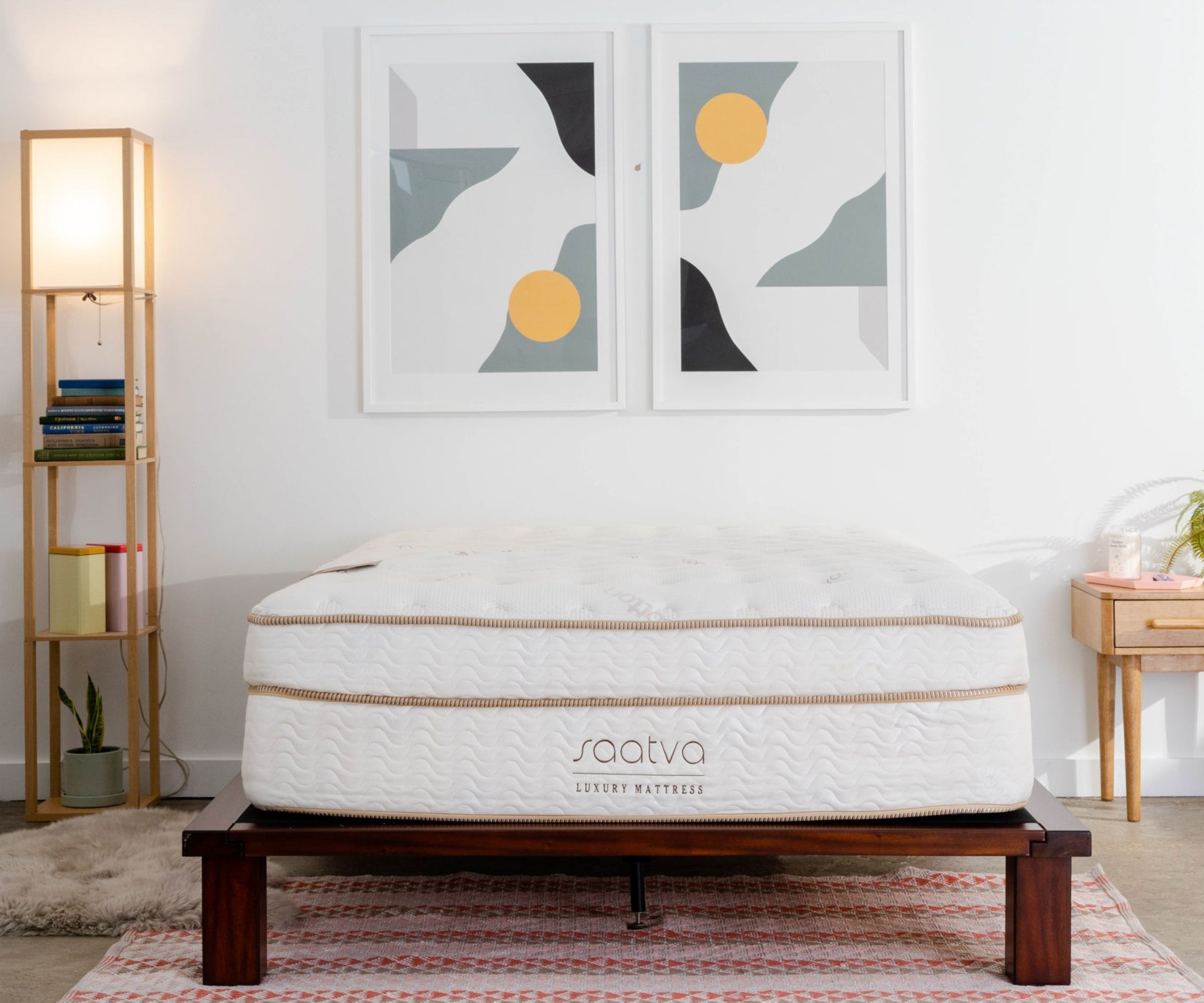
I also spoke with licensed chiropractor, Dr. Brent Wells, about the pros and cons of an innerspring mattress. Although he acknowledges that a quality innerspring offers firm support and excellent airflow, Dr. Brent worries that 'innerspring mattresses offer minimal pressure relief. The lack of contouring support can lead to increased pressure on the hips, shoulders, and back, which may exacerbate pain in individuals with arthritis, fibromyalgia, or other musculoskeletal conditions'.
'Additionally, an innerspring mattress tends to transfer motion more than other mattress types, meaning that movements on one side of the bed can be felt on the other side.' Dr. Brent believes that 'this can be disruptive to sleep, particularly for couples, and may negatively impact those with chronic pain conditions who require uninterrupted sleep for recovery'.
Although an innerspring mattress is more durable than a memory foam model, it still won't last you more than a decade. 'Over time,' Dr. Brent says, 'the coils in innerspring mattresses can wear out or deform, leading to sagging and loss of support. This deterioration can worsen musculoskeletal pain by failing to provide consistent support, thus compromising spinal alignment. Furthermore, the metal coils can sometimes create noise when bearing weight, which can disturb sleep. For individuals with conditions like insomnia or heightened sensitivity to sound due to pain, this can further affect the quality of rest.'
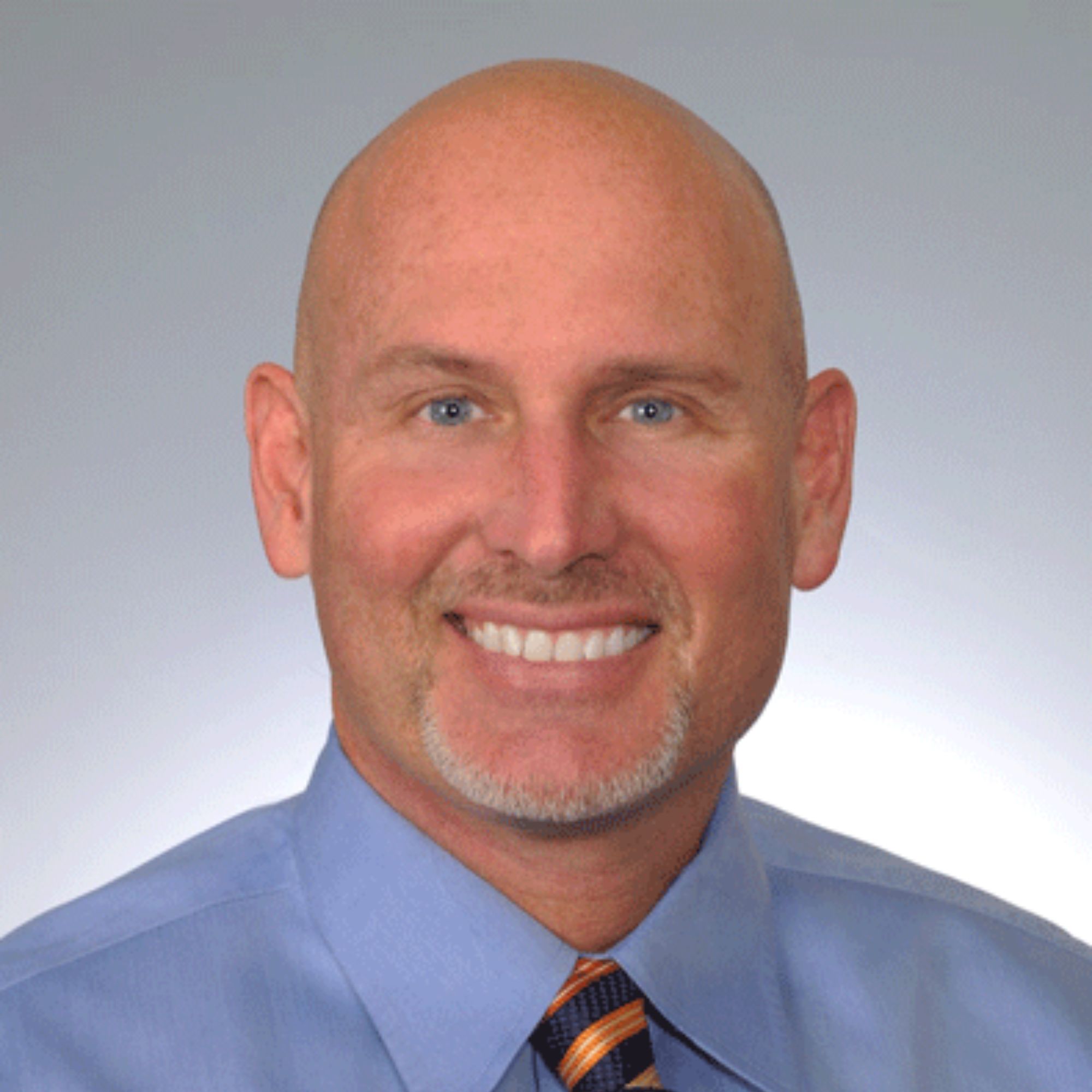
Dr. Brent is a licensed chiropractor with his own clinical practice, Better Health Alaska. Over the course of 25 years in the industry, Dr. Brent has helped more than 20,000 patients with chronic pain conditions to live a healthier life.
Final thoughts
If an innerspring mattress just isn't for you, don't worry: you've still got plenty of options. A latex mattress keeps just as cool as an innerspring, and it would make a more durable and sustainable option. For cushioning comfort, I suggest you avoid springs altogether in favor of a plush mattress with contouring foam.
Sign up to the Homes & Gardens newsletter
Design expertise in your inbox – from inspiring decorating ideas and beautiful celebrity homes to practical gardening advice and shopping round-ups.

Emilia is our resident sleep writer. She spends her days tracking down the lowest prices on the best mattresses and bedding and spends her nights testing them out from the comfort of her own home. Emilia leads a team of testers across America to find the best mattress for every sleep style, body type, and budget.
Emilia's quest to learn how to sleep better takes her all around the world, from the 3Z mattress factory in Glendale, Arizona to the Hästens headquarters in Köping, Sweden. She's interviewed luxury bedding designers at Shleep and Pure Parima, as well as the Design Manager at IKEA. Before she joined Homes & Gardens, Emilia studied English at the University of Oxford.
-
 This simple marble hack elevates my budget-friendly wooden kitchen countertops and prevents the dreaded water damage for way less than you’d think
This simple marble hack elevates my budget-friendly wooden kitchen countertops and prevents the dreaded water damage for way less than you’d thinkThis design trick looks expensive, solves a problem, and was the easiest decision I made during my kitchen reno
By Charlotte Olby Published
-
 Emily Blunt gifted Cillian Murphy this $545 pillow – she's 'obsessed' with these luxury pillows, and frankly, so are we
Emily Blunt gifted Cillian Murphy this $545 pillow – she's 'obsessed' with these luxury pillows, and frankly, so are weThe Oppenheimer stars sleep on this ultra-luxe goose down pillow – here's why we love it – plus our affordable alternatives from $35
By Sophie Edwards Published
-
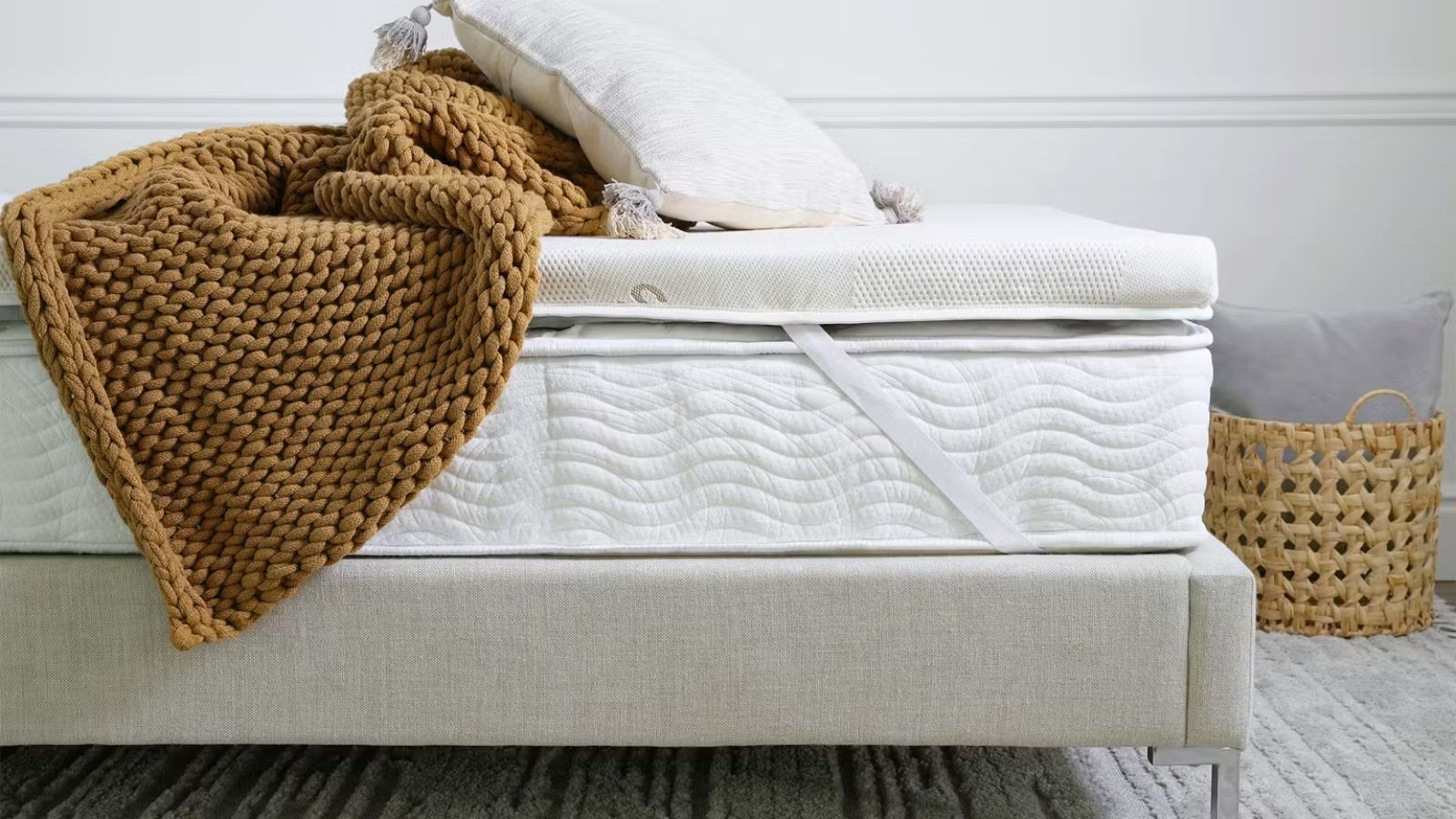 How we test mattress toppers – H&G's expert review process explained
How we test mattress toppers – H&G's expert review process explainedHere's everything you need to know how we test mattress toppers for pressure relief, thermoregulation, motion isolation, and edge support
By Emilia Hitching Published
-
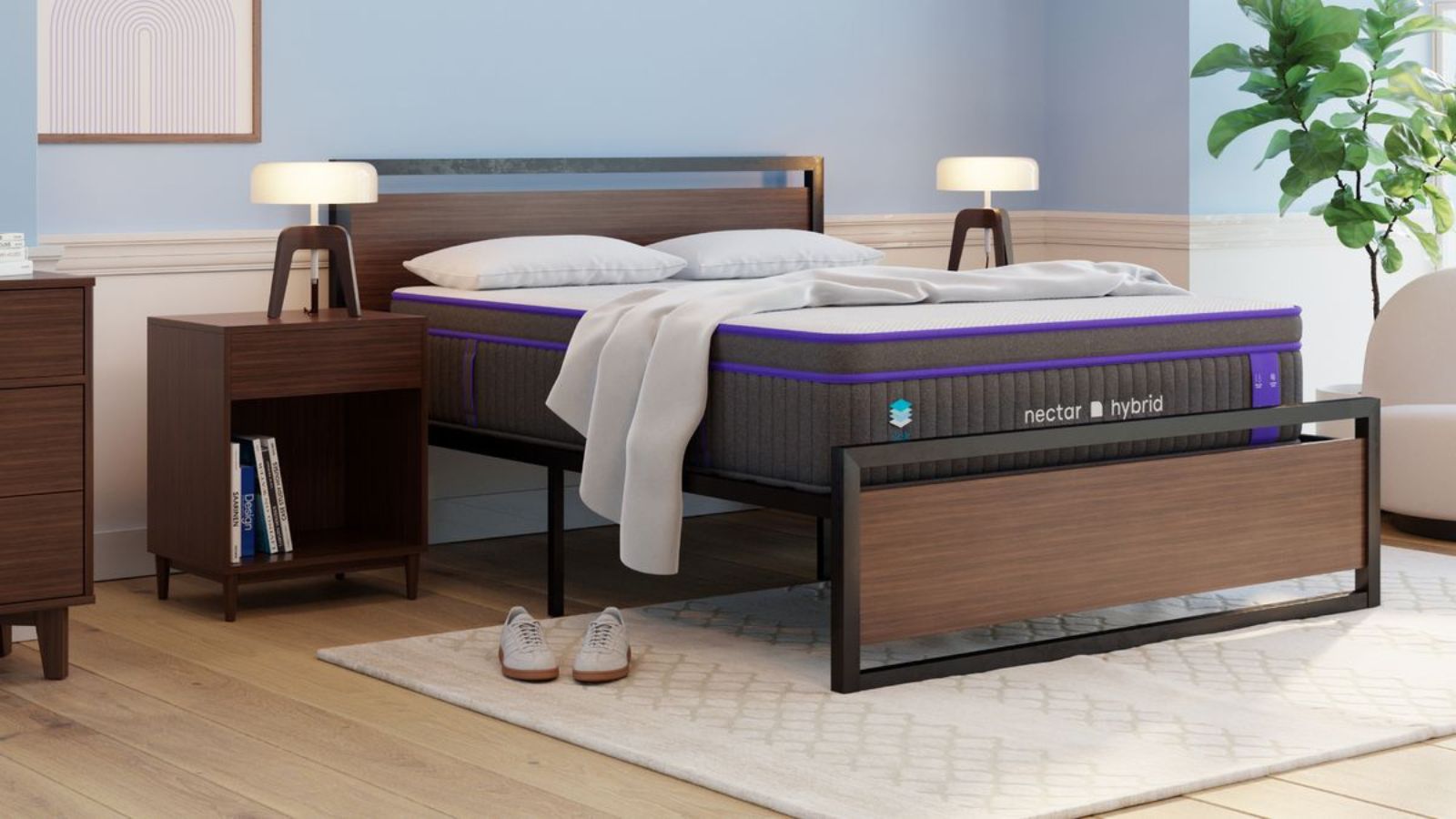 I tried the Nectar Premier Hybrid Mattress – it's so much better than their basic models
I tried the Nectar Premier Hybrid Mattress – it's so much better than their basic modelsCompared to the Nectar Classic Foam Mattress, the Nectar Premier Hybrid boasts far superior edge support and thermoregulation
By Millie Hurst Last updated
-
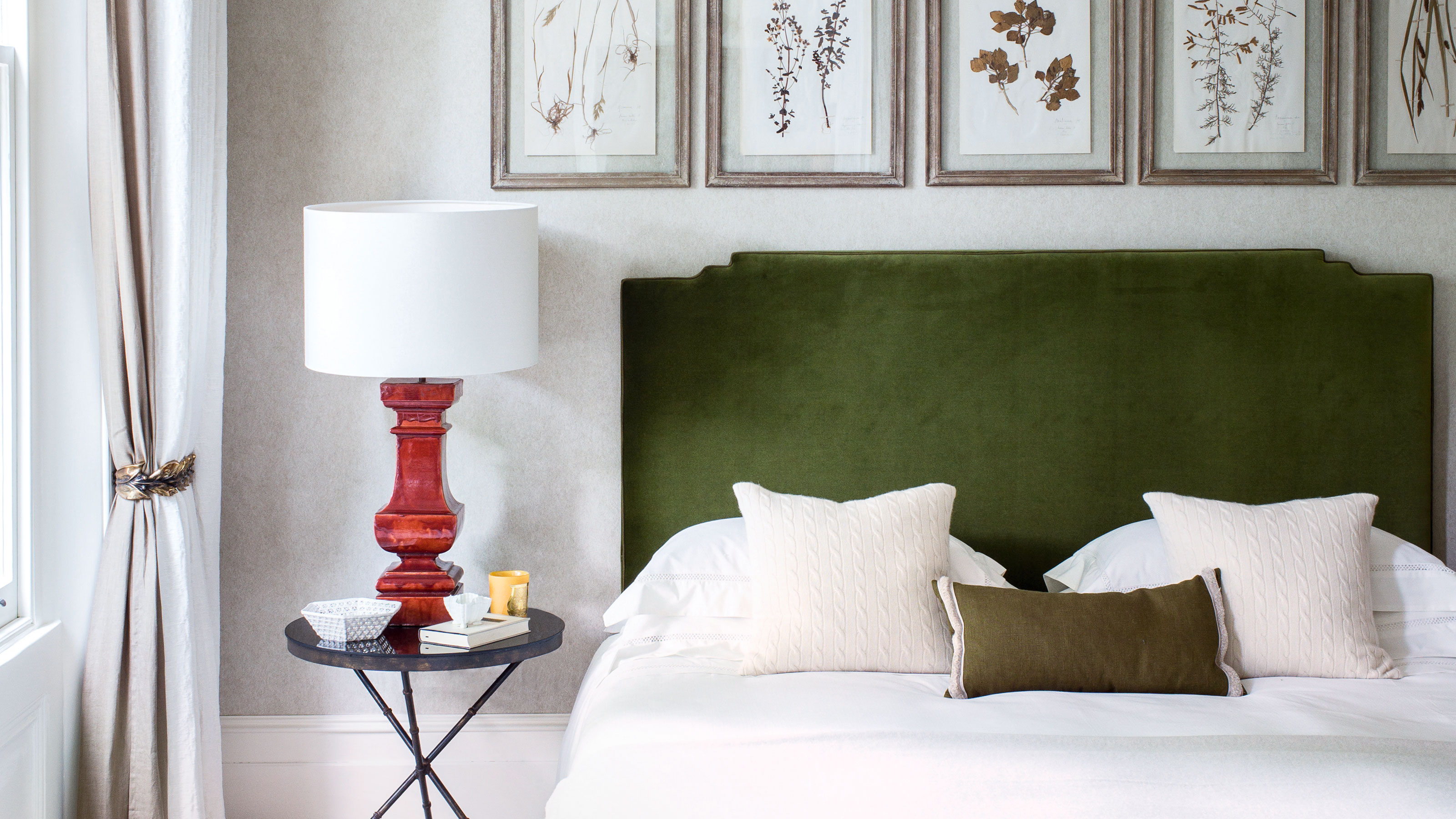 What's the best pillow position for the best night's sleep? Sleep experts weigh in
What's the best pillow position for the best night's sleep? Sleep experts weigh inBecause sometimes it's the small things that can have a big impact on your sleep quality
By Michele Ross Published
-
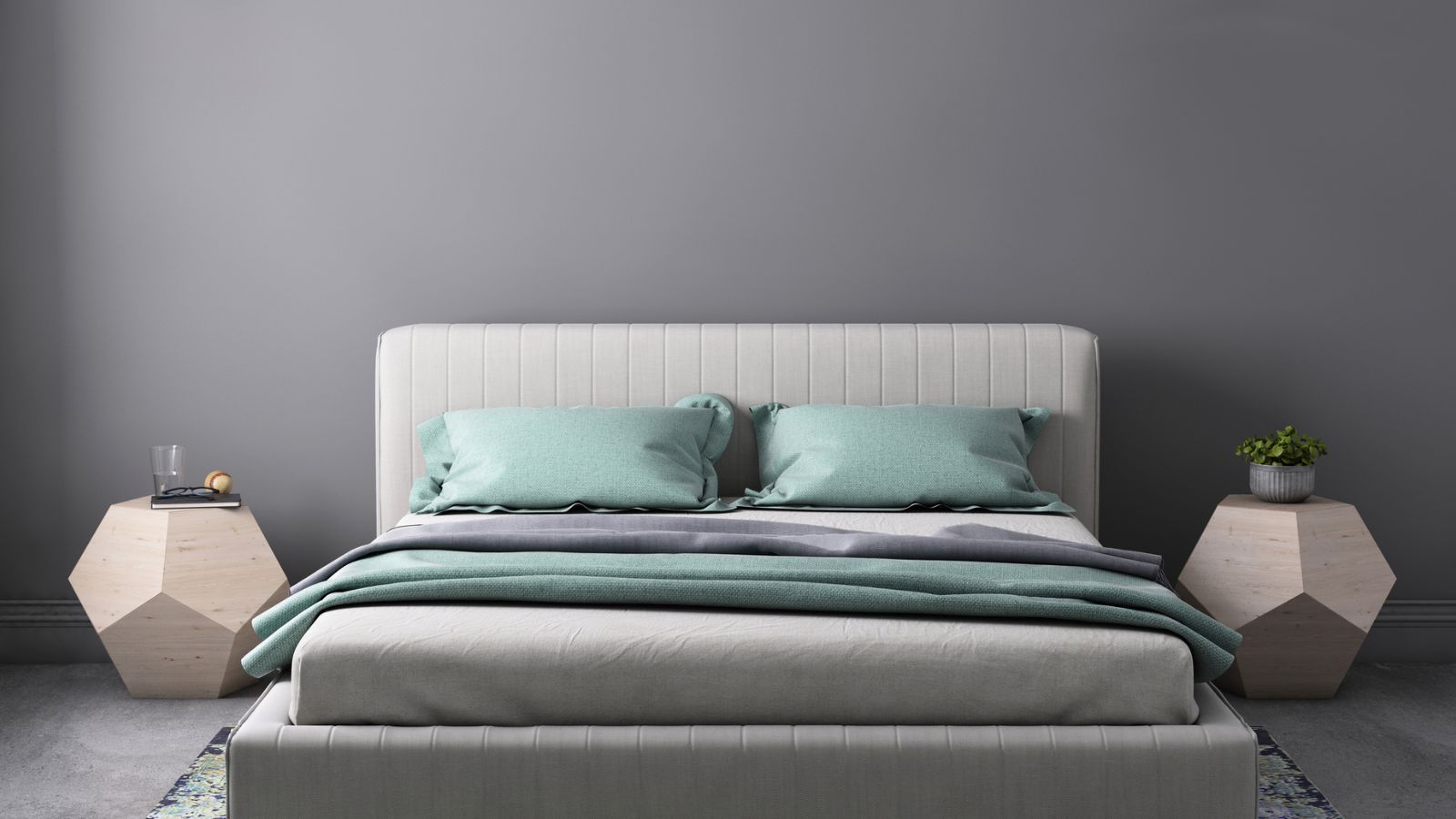 5 signs you're sleeping on a bad mattress − how to spot the red flags
5 signs you're sleeping on a bad mattress − how to spot the red flagsI asked medical professionals and sleep scientists how to spot the signs you're sleeping on a bad mattress and when it's time to upgrade
By Emilia Hitching Last updated
-
 What is a futon mattress? Your expert guide
What is a futon mattress? Your expert guideFor flexible comfort and short-term stays, there's nothing like a futon mattress − I've searched the web to bring you the best fold-out beds
By Emilia Hitching Last updated
-
 Platform bed vs box spring – what's the difference and which is best for you?
Platform bed vs box spring – what's the difference and which is best for you?Unsure whether a platform bed or a box spring is right for your set up? We break down these two mattress foundation options
By Alison Barretta Published
-
 What is a platform bed? Everything you need to know about this stylish mattress support
What is a platform bed? Everything you need to know about this stylish mattress supportLearn how this low profile bed frame can elevate the look of your bedroom
By Alison Barretta Published
-
 How long do memory foam mattresses last?
How long do memory foam mattresses last?I spoke to mattress testers and medical professionals to learn more about the lifespan of a memory foam mattress – plus, how to extend it
By Emilia Hitching Last updated